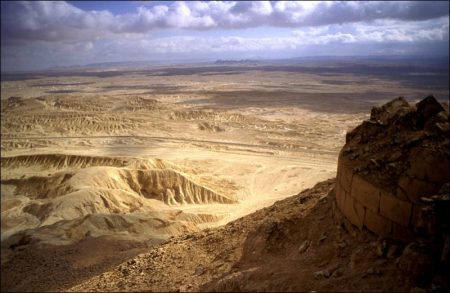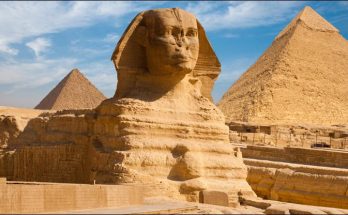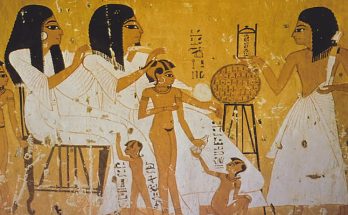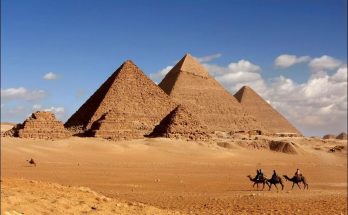Four major physiographic divisions are recognized in Egypt – the Eastern Desert, the Western Desert, Sinai, and the Nile Valley and Delta. In human terms, these reduce to two: the deserts (including Sinai) are large and empty; the Nile lands are small and crowded. The Valley and the Delta together comprise only three per cent of the total land area of Egypt, but within their 12, 355 square miles (32, 000 sq. km.) – about the size of Maryland and Delaware combined – live about 95 per cent of Egypt’s 80 million people.
None of these broad divisions are completely uniform or homogeneous; each contains subregions with differing geological histories, climates, soils, land use patterns, or other cultural features. For example, the Red Sea mountains must be sharply distinguished from the rest of the Eastern Desert; Sinai’s southern mountains, central plateau, and Mediterranean coastal plain are all different from each other and from the Suez Canal Zone along the western border of Sinai.
Most significant are the differences between the Nile Valley and the Delta. Notwithstanding their common dependence on the river and their generally similar crop patterns and methods of cultivation, these two regions have unlike physiographies, irrigation and drainage problems, and culture histories.
Visits: 182



